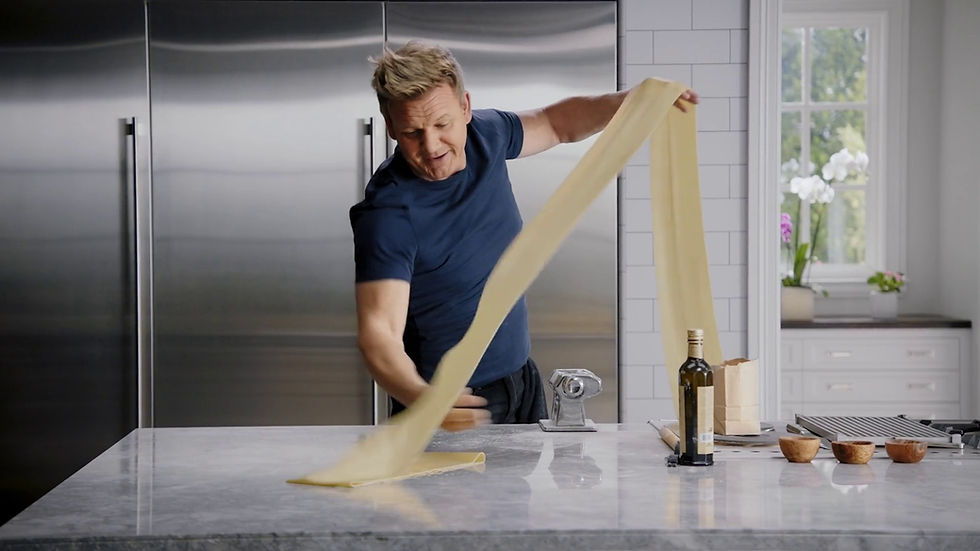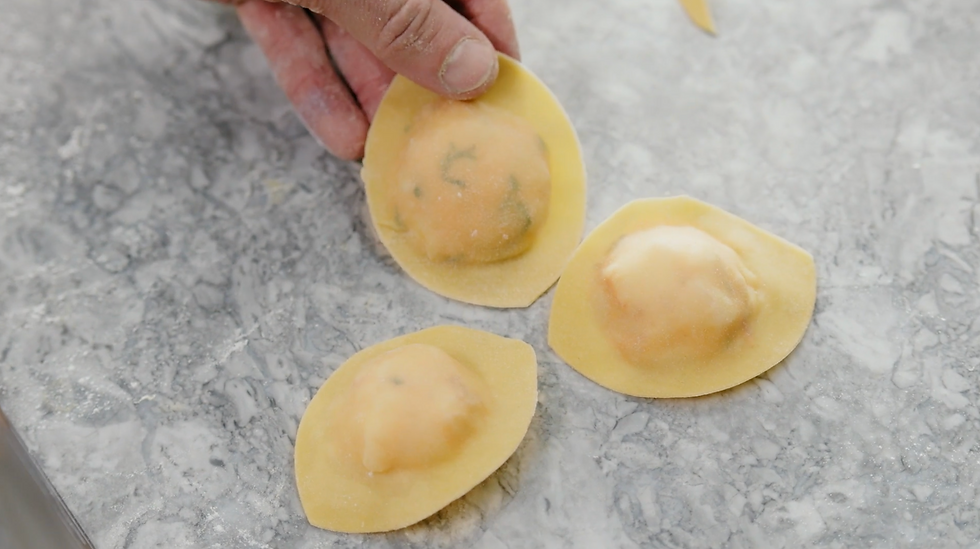Why A Marble Countertop Might Make You A Better Cook
- doral stones
- Jun 19, 2020
- 3 min read
Updated: Aug 26, 2020
Post by: Camila da Paz | Source: LGS Granite | Pictures By: MasterClass

During the last few months, I, as many of my fellow quarantiners, have decided to give cooking another try. I am famously bad in the kitchen department, so I knew I needed a backup! I'm taking online classes on the MasterClass platform to explore chef Gordon Ramsay's recipes and quickly noticed his huuuge island made of the most beautiful marble I've seen in a long time in a kitchen. That reminds me of an article I read a few years ago about how a marble countertop might make you a better cook! According to that article, if you're the kind of cook who always has a fresh loaf of bread in the oven, a pie cooling on the windowsill, and a thin layer of flour all over your countertops at all times, then installing a marble countertop might be the best decision you'll ever make.

Marble has been beloved by chefs for centuries because of how it allows them to keep buttery doughs from getting too overheated when being worked. For flaky layers or that perfect tender bite to form in the oven, the butter needs to stay relatively cool when the dough is being made.
How can marble help? The stone has high thermal mass, which allows it to retain its temperature more easily than other materials. In a nutshell, it means that marble can absorb heat from the dough without becoming warm itself. Thus, the action of kneading a butter dough warms it up, but the warmth is transferred to the marble. The marble stays cool, so the dough (and the butter!) doesn't get overheated.

A marble surface is also really advantageous when working with chocolate. In order to have the perfect snap when you bite into it along with a glossy sheen, melted chocolate has to be tempered. Simply put, tempering is the process of bringing chocolate to a temperature that changes the crystalline structure of the material to promote the right texture and appearance when cooled. However, unlike buttery doughs, you'll want to warm up your marble slab slightly when working with chocolate — a surface that's too cold might cause the chocolate to set up too fast. After the chocolate is melted over the stove, chocolate can be poured onto a marble countertop or slab to be tempered, which is done by continuously passing the chocolate over the surface with a spatula, which helps cool the chocolate evenly. Once tempered, the chocolate is ready to be poured into molds or made into a variety of incredible treats.
Finally, marble is also great when making candies, and especially when doing sugar work. Like chocolate, many sweets need to either temper or set, and marble can help this process along more gently and efficiently. In particular, sugar-based candies are often made by boiling sugar and water together over the stove, which is extremely hot! Pouring the mixture on a marble allows the sugar to cool more quickly and will allow you to work with it more easily. Just make sure the combination has some viscosity to it — pouring a liquid sugar mixture onto marble won't do anything but create a hot, sticky mess!
Okay, now many of you may be thinking back to when we’ve talked about the difficulties involved in having a marble kitchen countertop. It’s true that the material is prone to scratching and etching more easily than granite, dolomite and quartzite particularly if the countertop has a highly-polished rather than a honed finish. However, many of these problems can be prevented by using coasters, cutting boards, and being vigilant about cleaning up spills. Many avid home cooks, however, don’t look at these marks as imperfections. Rather, they see them as badges of honor and proof of a well-loved, well-used kitchen. And, in all honesty, those scratches and etches — especially on a honed marble countertop — are probably a whole lot less visible to guests than you think they are.

Have you been using a marble or countertop in your kitchen to make better bread, pastries, and other sweet treats? Let us know all about your experience in the comments!



Comments